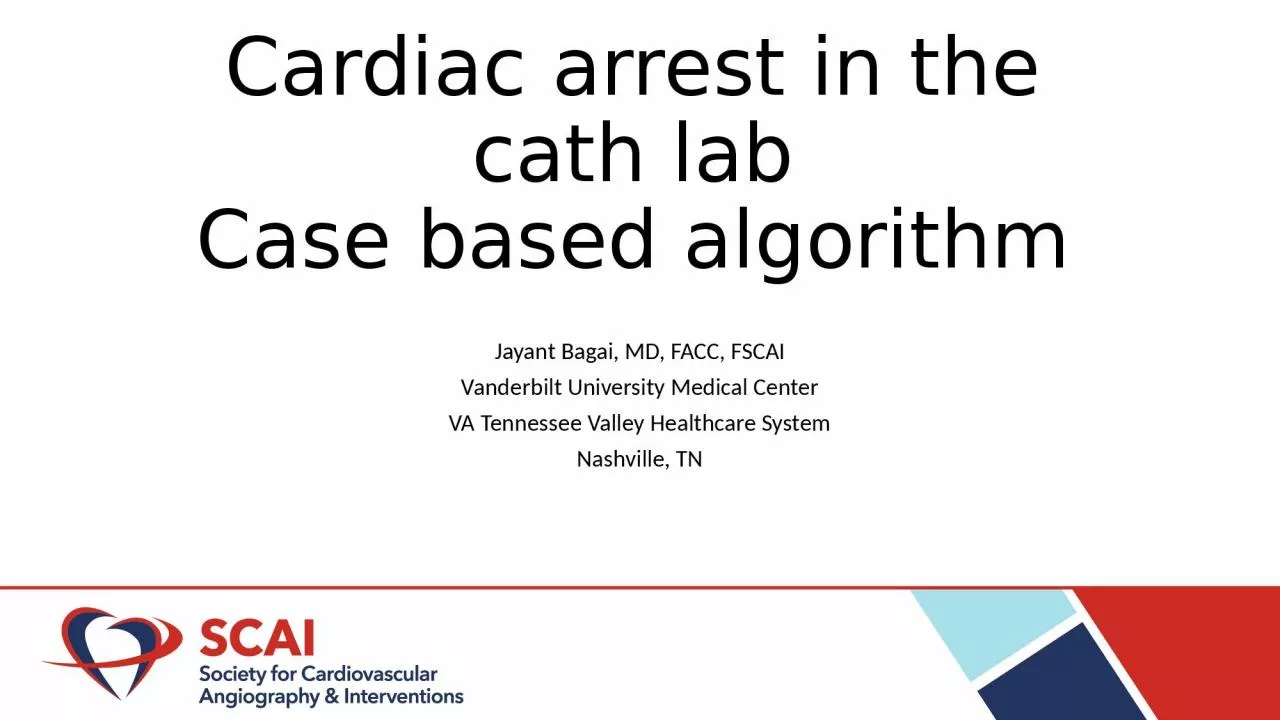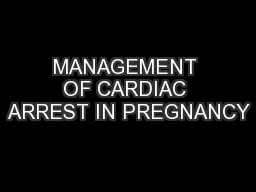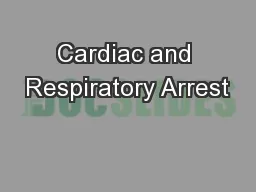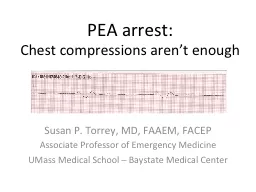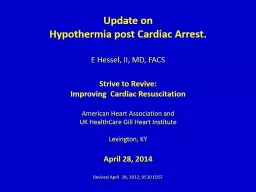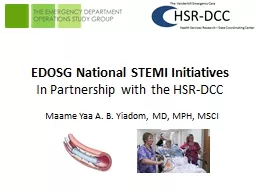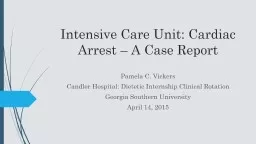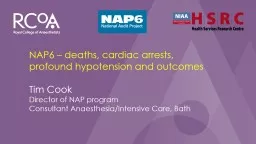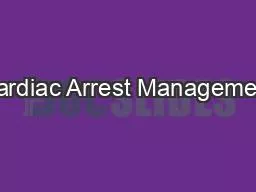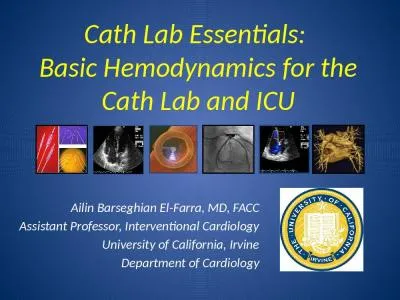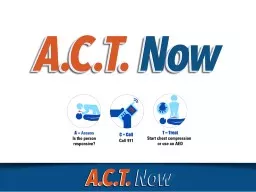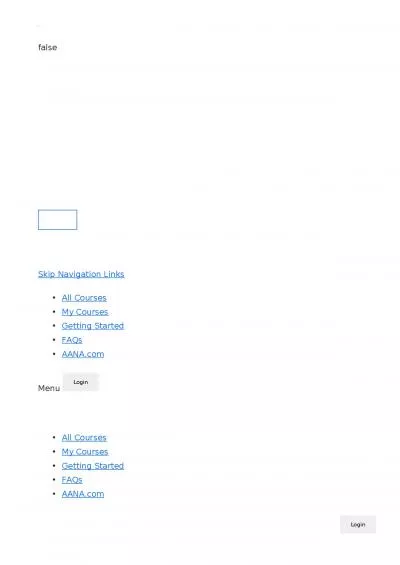PPT-Cardiac arrest in the cath lab
Author : lucinda | Published Date : 2022-06-11
Case based algorithm Jayant Bagai MD FACC FSCAI Vanderbilt University Medical Center VA Tennessee Valley Healthcare System Nashville TN Disclosures I have no conflicts
Presentation Embed Code
Download Presentation
Download Presentation The PPT/PDF document "Cardiac arrest in the cath lab" is the property of its rightful owner. Permission is granted to download and print the materials on this website for personal, non-commercial use only, and to display it on your personal computer provided you do not modify the materials and that you retain all copyright notices contained in the materials. By downloading content from our website, you accept the terms of this agreement.
Cardiac arrest in the cath lab: Transcript
Download Rules Of Document
"Cardiac arrest in the cath lab"The content belongs to its owner. You may download and print it for personal use, without modification, and keep all copyright notices. By downloading, you agree to these terms.
Related Documents

